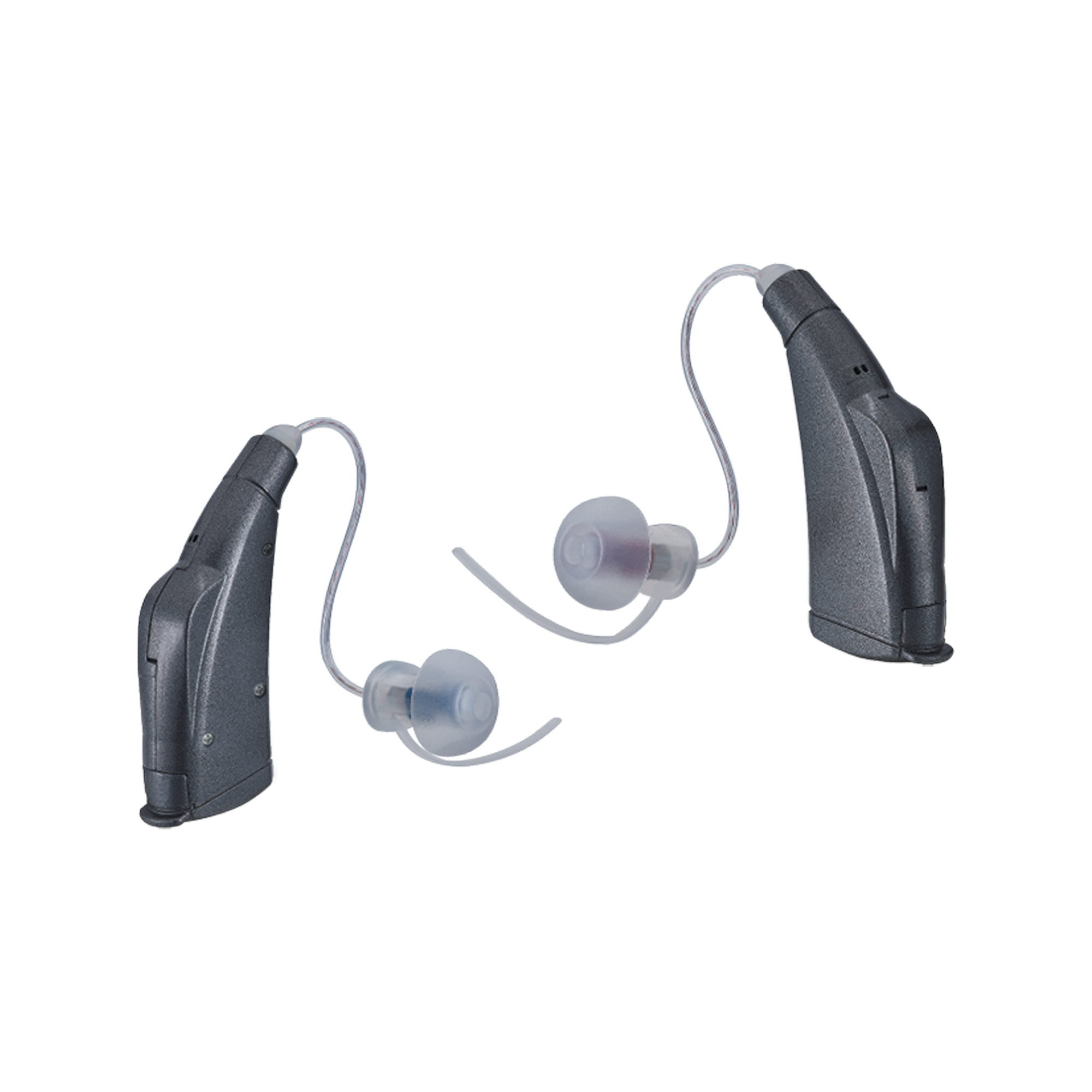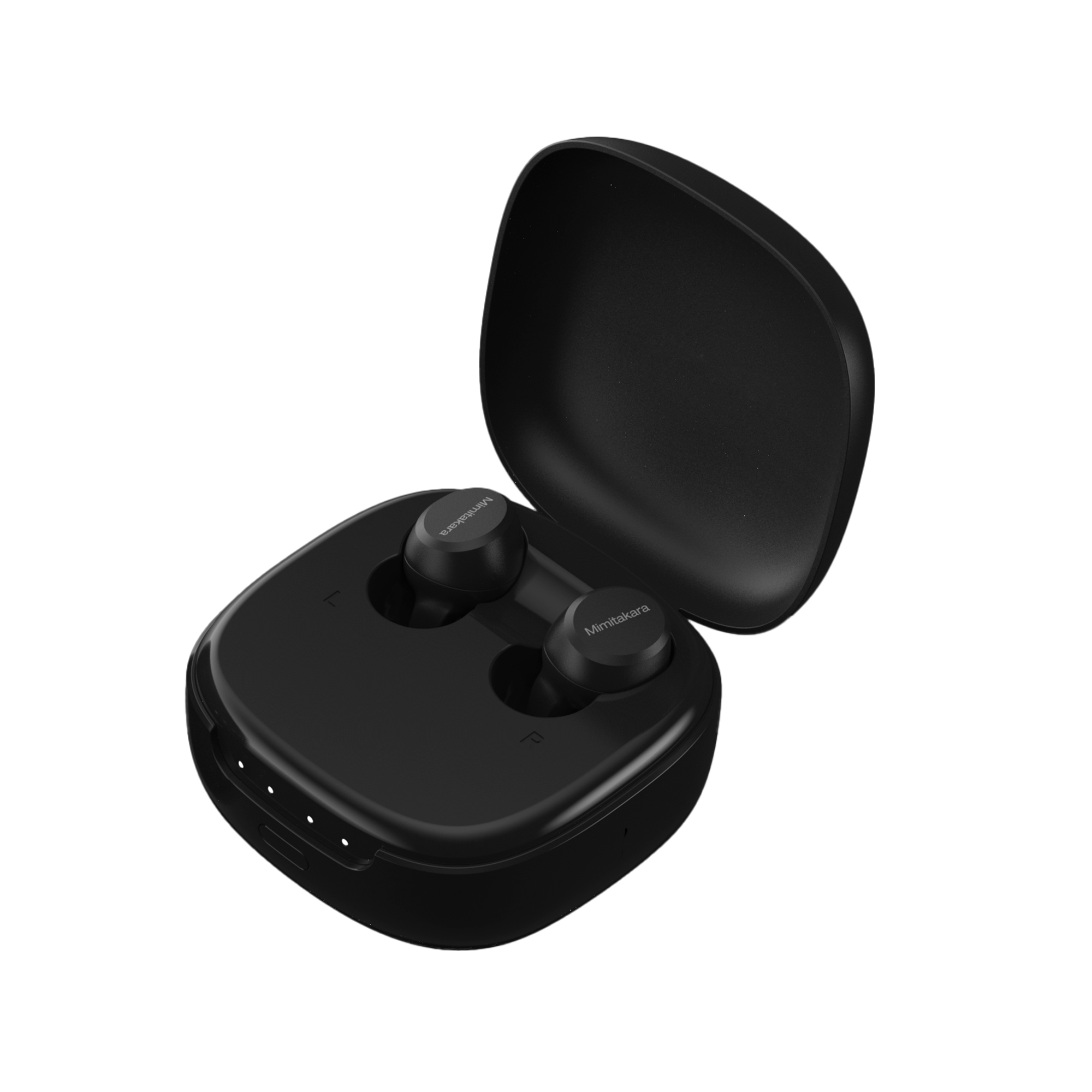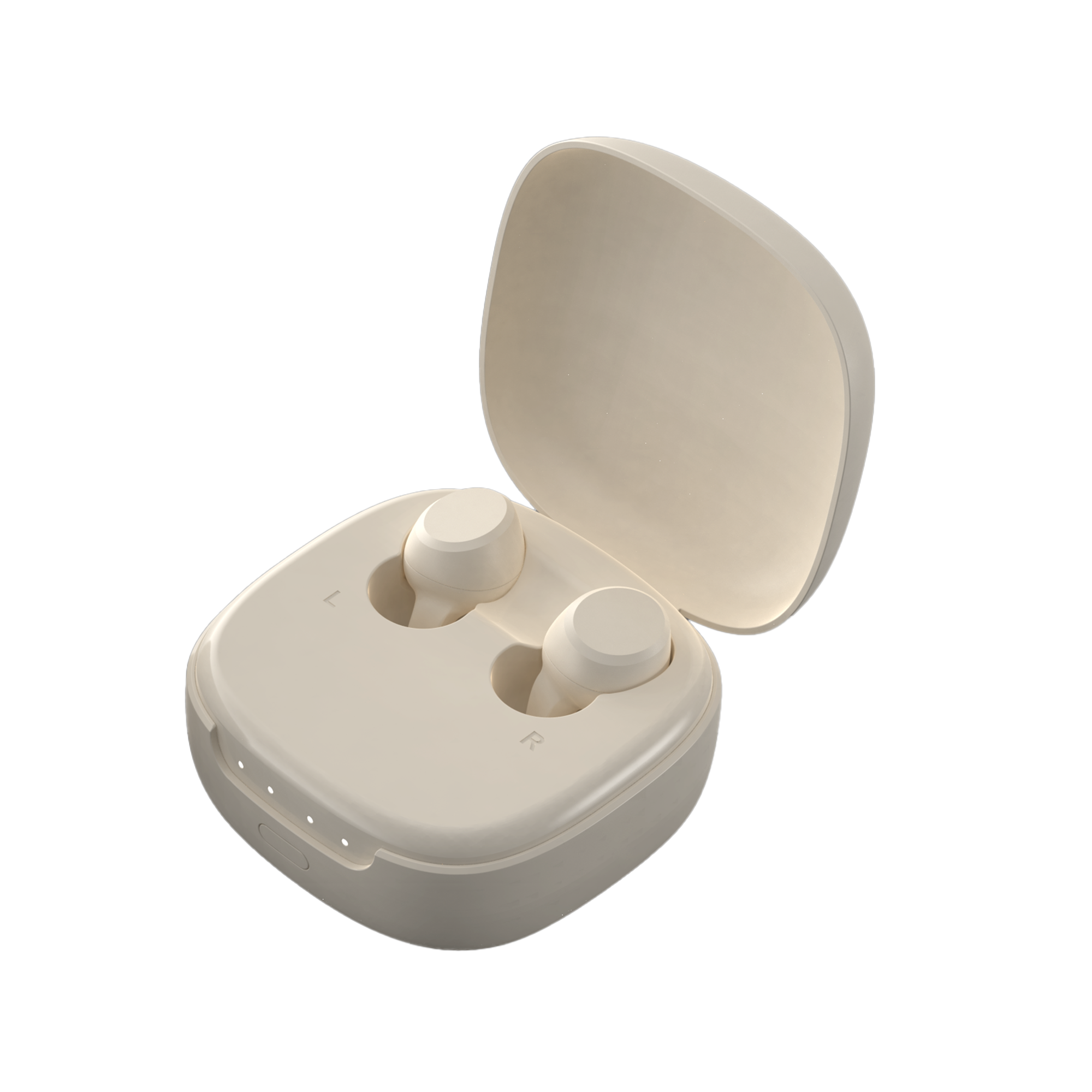Understanding Hearing Loss and Tinnitus
Hearing loss and tinnitus (“ringing in the ears”) are common issues that affect many aspects of daily life. Whether due to age, noise exposure, or other factors, they can impact communication, mental health, and overall well-being. In this post, we’ll explore hearing loss types, tinnitus, treatment options, and how to choose the right hearing aids. We’ll also dive into a related condition, otitis media, which can contribute to hearing problems if left untreated.
Types of Hearing Loss
There are several types of hearing loss, each with unique causes and characteristics. Understanding these distinctions can provide a clearer path toward effective treatment. Here are the main types:
1. Sensorineural Hearing Loss: This is the most common type, often caused by damage to the inner ear or nerve pathways.
2. Conductive Hearing Loss: Caused by problems in the outer or middle ear, such as ear infections or blockages.
3. Mixed Hearing Loss: A combination of sensorineural and conductive hearing loss.
4. Age-Related Hearing Loss: Hearing ability naturally declines with age, typically beginning around age 50.
Each type of hearing loss may require a different approach to management and treatment, so accurate diagnosis is essential.
Tinnitus and Its Causes
In addition to hearing loss, tinnitus is a common auditory issue that affects millions. While tinnitus is sometimes linked to hearing loss, it can also occur independently. Tinnitus is characterized by ringing or other sounds in the ears without external noise. Common causes include:
• Exposure to Loud Sounds
• Ear Infections or Blockages
• Aging
• Certain Medications
For some, tinnitus can be a mild nuisance, but for others, it may be persistent and disruptive, leading to anxiety or difficulty concentrating.
The Connection Between Hearing Loss and Tinnitus
Hearing loss and tinnitus often go hand-in-hand, with one condition exacerbating the other. Studies show that up to 90% of tinnitus cases are accompanied by some degree of hearing loss. This close relationship is due to how the brain interprets sound signals. When hearing declines, the lack of external sound stimulation can cause the brain to compensate by producing phantom sounds, resulting in tinnitus.
Assessment and Treatment
Addressing hearing loss and tinnitus starts with understanding how these conditions impact daily life. A comprehensive evaluation can pinpoint the root causes and determine the best approach. Here are some typical steps in the assessment process:
• Lifestyle Evaluation: Understanding how hearing loss and tinnitus affect your daily life can guide treatment options.
• Hearing Tests: A comprehensive hearing test can pinpoint the type and extent of hearing loss.
• Tinnitus Therapy: Treatment often includes sound therapy, counseling, or medication to help manage symptoms.
Through careful assessment and targeted therapies, many people find significant relief from their symptoms, improving their quality of life.
About Otitis Media
While hearing loss and tinnitus are often discussed, other ear conditions can also affect hearing health. Otitis media is one such condition, involving inflammation or infection of the middle ear. It often results in ear pain, and sometimes fever, and can cause a feeling of fullness in the ear and even hearing loss. Although common in children, otitis media can affect people of all ages. Proper diagnosis and treatment are essential to prevent complications.
Medical Evaluation
Like hearing loss and tinnitus, otitis media requires a thorough medical evaluation to ensure accurate diagnosis and treatment. Typical assessment steps include:
1. Medical History: Gathering information about previous ear infections, family history, and related health issues.
2. Physical Examination: Using an otoscope to check for signs of infection or fluid in the ear.
3. Hearing Tests: Assessing the impact of otitis media on hearing ability.
4. Imaging: If necessary, imaging studies (like CT or MRI) may be used to identify complications or structural issues.
With a detailed evaluation, healthcare providers can tailor treatments to address both the symptoms and underlying causes of otitis media.
Treatment Options
Treatment for otitis media varies depending on severity and patient needs. While mild cases may resolve on their own, more severe infections often require intervention. Here are some common treatment options:
• Observation: In mild cases, otitis media may resolve on its own without treatment.
• Medications: Antibiotics or pain relievers may be prescribed if there’s an infection or significant discomfort.
• Surgery: In recurrent or severe cases, procedures like ear tube placement may be recommended to improve drainage and prevent further infections.
Each treatment approach has its own benefits and considerations, and it’s important to discuss options thoroughly with a healthcare provider.
Surgical Considerations
For individuals experiencing frequent or severe ear infections, surgery may be necessary to prevent complications and improve hearing health. Before deciding on surgery, it’s helpful to understand key factors:
1. Risks and Benefits: Weighing the benefits of reduced infections and improved hearing against possible surgical risks.
2. Recovery Process: Understanding post-operative care and recovery time.
3. Long-Term Outcomes: Discussing potential long-term benefits and complications with your healthcare provider.
Surgery may not be necessary for everyone, but it can provide lasting relief for those with persistent issues.
Preventive Measures
Prevention is always better than treatment, especially for recurring conditions like otitis media. Taking preventive steps can significantly reduce the risk of ear infections. Recommendations include:
1. Avoiding Smoke Exposure: Reducing exposure to secondhand smoke, which can increase the risk of infections.
2. Vaccinations: Staying up-to-date with vaccinations like the flu shot and pneumococcal vaccine, which can lower infection risk.
3. Hygiene Practices: Practicing good hand hygiene and avoiding close contact with sick individuals.
4. Ear Protection: Using ear protection in loud or polluted environments to reduce the risk of ear infections.
With preventive practices in place, many people can avoid the discomfort and health risks associated with frequent ear infections.
Choosing the Right Hearing Aid
For those experiencing hearing loss, selecting the right hearing aid is a critical step toward improving hearing and quality of life. Hearing aids come in various styles and with a range of features, so it’s essential to choose one that matches your hearing needs and lifestyle. Here’s a guide to making the right choice.
1. Understand Your Hearing Loss Level and Needs
Recognize the degree of your hearing impairment. For example, mild hearing loss might benefit from basic amplification, while severe loss may require more powerful devices. Also, consider factors such as comfort and the environments in which you’ll use the hearing aids.
2. Evaluate Your Lifestyle
Different lifestyles call for different hearing aid features. Do you need a device for quiet environments, or one that handles background noise well? Those with active lifestyles might benefit from hearing aids with noise reduction features and durable designs.
3. Select Essential Features
Modern hearing aids come with a variety of features, such as Bluetooth connectivity, noise cancellation, and rechargeable batteries. Identify the features that matter most to you for a device that truly fits your needs.
From in-the-ear models to behind-the-ear options, hearing aid styles vary widely. The right choice depends on comfort, hearing needs, and aesthetics, so consider trying different styles to see what feels best.
5. Seek Professional Advice
An audiologist can provide personalized recommendations and fittings to ensure your hearing aid meets your specific needs. They can also offer guidance on device maintenance and troubleshooting, setting you up for long-term success with your hearing aid.
Hidden Hearing Loss: What You Should Know
Hidden hearing loss is a type of auditory issue where a person experiences hearing difficulty despite having normal results on standard hearing tests. This often-overlooked condition is typically caused by damage to the nerve cells that process sound, which can result from various factors, including:
• Prolonged Exposure to Loud Noises
• Aging
• Certain Medical Conditions
For people who struggle with hearing but have normal hearing test results, hidden hearing loss may be the explanation.
Diagnosing Hidden Hearing Loss
Diagnosing hidden hearing loss requires advanced testing methods beyond standard hearing exams. Some of the key tests include:
• Behavioral Tests: Observing the individual’s response to complex sounds.
• Electrophysiological Tests: Measuring brain response to sound to detect issues with nerve pathways.
These tests help uncover hidden issues, providing a clearer understanding of the person’s hearing abilities and challenges.
Deep Learning Applications in Hearing Aids
Advances in technology are bringing new solutions to hearing aid design, including the use of deep learning. This subset of artificial intelligence helps hearing aids adapt to various environments, enhancing the listening experience. With deep learning capabilities, hearing aids can:
• Differentiate Between Background Noise and Conversation
• Enhance Sound Clarity Based on User Preferences and Environment
These advancements make hearing aids more intuitive and responsive, ultimately improving user satisfaction and quality of life.
Final Thoughts
Hearing loss, tinnitus, and conditions like otitis media can significantly impact one’s quality of life, but effective management is possible through the right hearing aids and treatment options. Whether you’re looking to manage tinnitus, prevent recurrent ear infections, or considering a hearing aid, consulting with an audiologist and understanding the available technologies can help you make an informed choice tailored to your needs.










